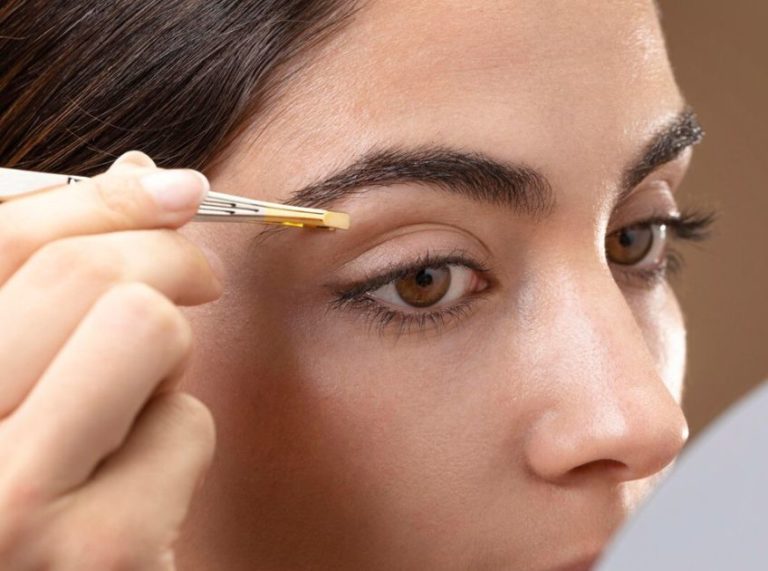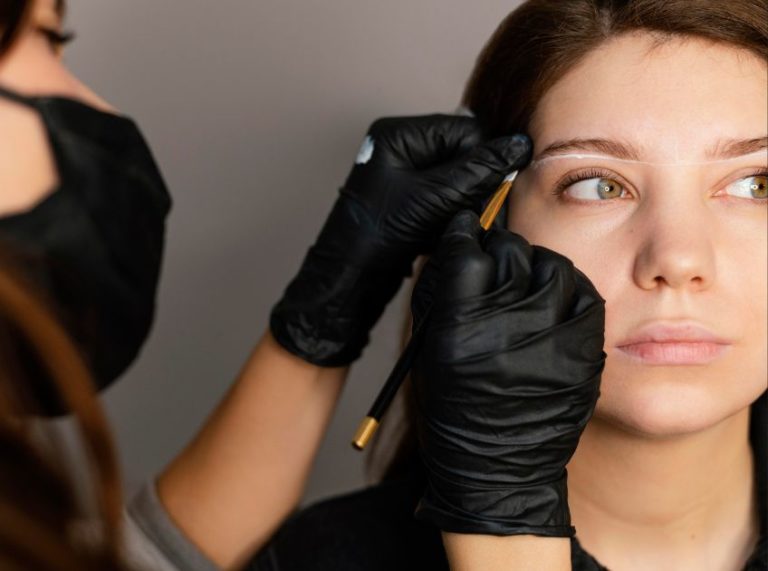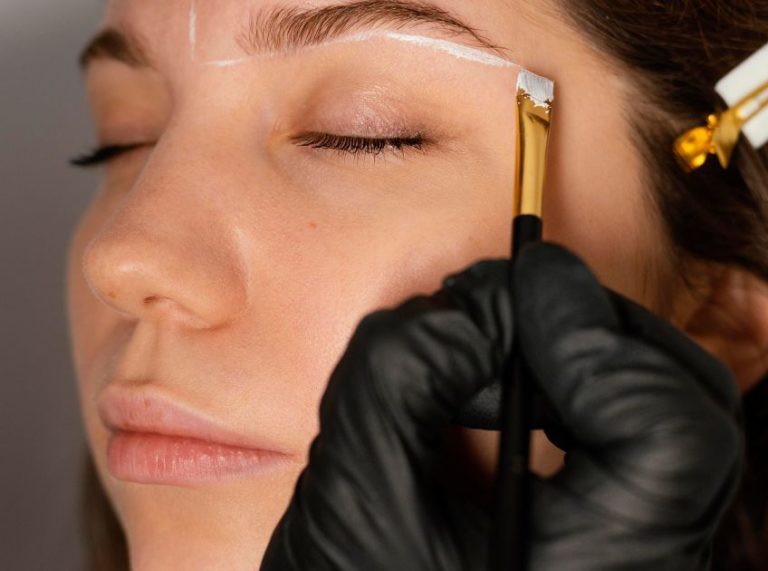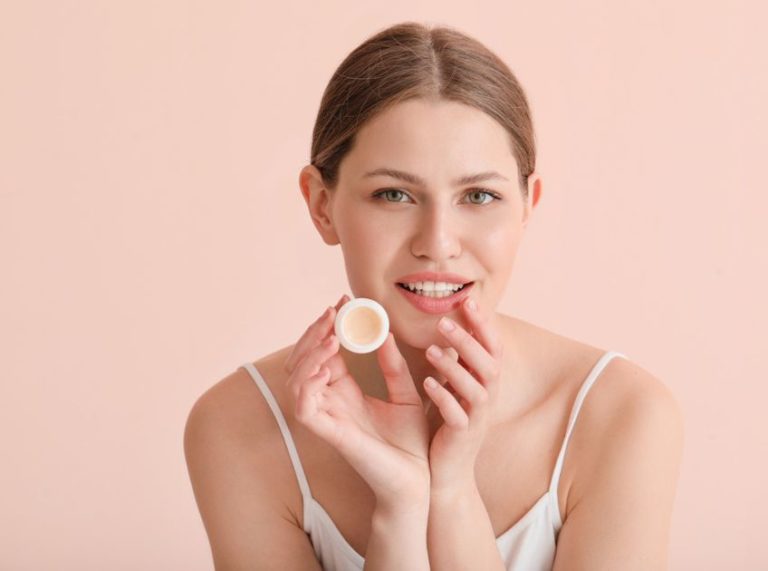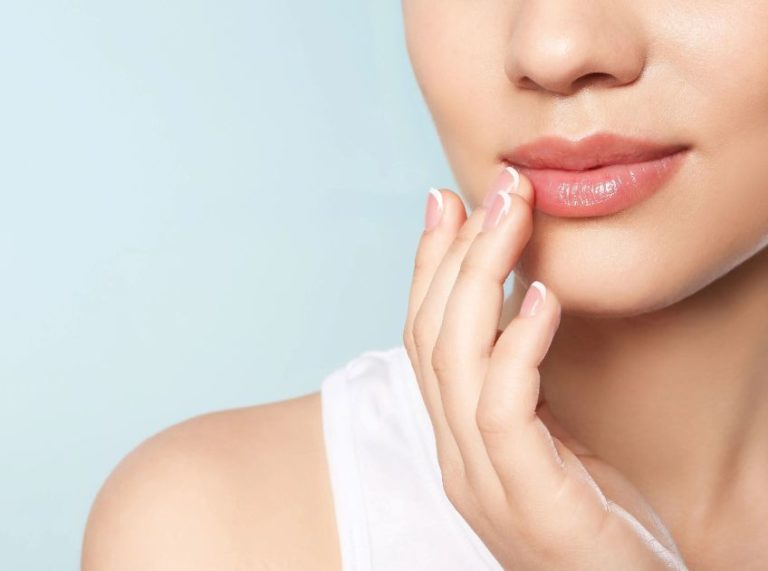
Important: This article is for informational purposes only. Please read our full disclaimer for more details.
Cream bronzers are a game-changer in the world of makeup, especially when you’re aiming for that effortless, sun-kissed look. Unlike powder bronzers, cream formulas blend seamlessly into the skin, giving you a radiant, dewy finish that mimics a natural tan. Whether you’re going for a soft contour or a beachy glow, learning how to apply cream bronzer the right way is key to nailing that flawless complexion.
In this guide, we’ll cover expert tips, step-by-step techniques, and common mistakes to avoid when using cream bronzer.
Why Choose Cream Bronzer?
Cream bronzers are perfect for dry to combination skin types or anyone who prefers a luminous, skin-like finish. Here’s why makeup artists love them:
- They blend effortlessly without leaving harsh lines
- They layer well with cream foundations, tints, or liquid highlighters
- They provide a radiant, hydrated look instead of a matte finish
- They can double up as contour, eyeshadow, or even a blush in some cases
Ready to master the glow? Let’s break it down.
What You Need Before You Begin
To get the best results from your cream bronzer, gather the following tools:
- Cream bronzer in a shade 1–2 tones darker than your skin
- Dense cream brush or makeup sponge
- Setting spray or translucent powder (optional for longer wear)
- Mirror with natural lighting for accuracy
How to Apply Cream Bronzer: Step-by-Step Guide
1. Prep Your Base
Start with your usual skincare and primer routine. Apply your foundation or tinted moisturizer and concealer as usual. Cream bronzer works best on creamy or dewy bases rather than matte ones.
Pro Tip: Avoid setting your foundation with powder before bronzer—it can make blending uneven.
2. Warm Up the Bronzer
Using your fingers or a brush, lightly swirl into the cream bronzer to warm it up. Warming the product helps it melt seamlessly into the skin.
Best Tools:
- For precision and control: angled cream bronzer brush
- For a soft finish, a damp beauty sponge
3. Apply to High Points of the Face
Think of where the sun naturally hits your face—that’s where your bronzer should go. Focus on:
- Forehead (along the hairline)
- Cheekbones (right under the outer corner of your eyes)
- Jawline (to add structure)
- Nose (optional for a sunkissed effect)
Use dabbing or stippling motions rather than dragging to keep the product from lifting your base.
Pro Tip: Use a light hand—it’s easier to build than to fix an overly bronzed look.
4. Blend, Blend, Blend
This is the most important step. Blend the bronzer into the skin using small circular motions with your brush or gentle tapping with your sponge. You want a soft shadow or glow, not stripes.
Make sure there are no harsh lines and the edges fade naturally into your foundation.
5. Layer for More Intensity
If you want a more sculpted or dramatic bronzed look, layer gradually. Add small amounts of product and repeat the blending process until you reach your desired depth.
Remember: It’s easier to deepen than to erase a heavy-handed application.
6. Optional: Set and Highlight
If you have oily skin or want longer wear, lightly set the bronzed areas with a translucent powder. Then, finish with a cream or liquid highlighter on the high points (cheekbones, brow bones, and nose bridge) to add dimension.
Best Cream Bronzers
- Benefit Hoola Matte Bronzer (Buy Here)
- Physicians Formula Murumuru Butter Bronzer (Buy Here)
- e.l.f. Camo Liquid Bronzer & Contour (Buy Here)
- Saie Sun Melt Natural Cream Bronzer (Buy Here)
- No7 Pro Artist Soft Glow Cream Bronzer (Buy Here)
- Westman Atelier Sun Tone Bronzing Drops (Buy Here)
- Rare Beauty Warm Wishes Cream Bronzer Stick (Buy Here)
Frequently Asked Questions (FAQ’S)
1. Can I apply cream bronzer over powder?
A. It’s not recommended. Cream bronzer works best over liquid or cream-based products. Applying it over powder can cause patchiness or separation. If you’ve already powdered, stick to a powder bronzer instead.
2. What’s the difference between cream bronzer and contour?
A. While both products add definition, bronzer warms up your complexion and mimics a tan, whereas contour is typically a cooler tone used to sculpt and reshape facial features. Cream bronzers are more about a healthy glow, while contour focuses on structure.
3. Which brush is best for applying cream bronzer?
A. A dense synthetic brush, such as an angled stippling brush or contour brush, is ideal. It picks up the cream product evenly and blends it into the skin without streaks. Avoid fluffy or natural bristle brushes, as they’re better suited for powders.
Cream bronzer is the secret to achieving that effortlessly radiant look. When applied correctly, it enhances your features, adds warmth, and gives your complexion that just-back-from-vacation vibe. Remember to choose the right shade, apply with intention, and blend thoroughly.
Whether you’re a beginner or a beauty enthusiast, adding cream bronzer to your routine is a simple yet powerful way to elevate your makeup game.




